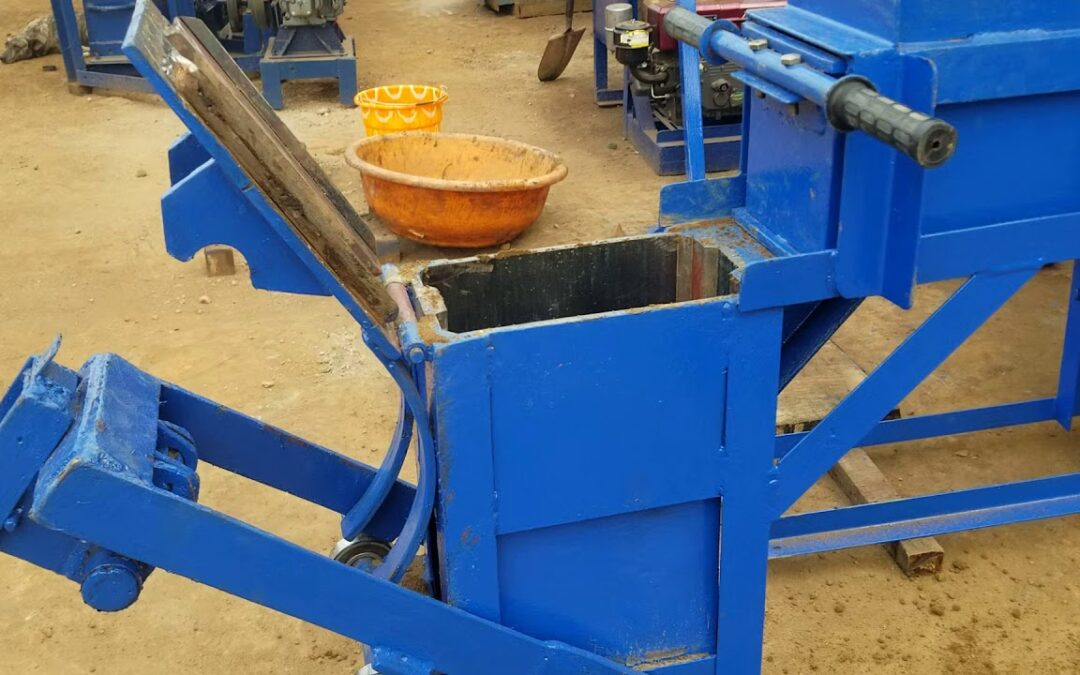Clay brickmaking has been a fundamental practice in construction for centuries, providing structures with durability and timeless appeal. The evolution of technology has brought about significant advancements in the equipment used for making clay bricks. In this article, we will explore the various types of clay brick-making equipment, their functionalities, and how they contribute to sustainable and efficient construction practices.
1. Manual Brick Press:
The manual brick press represents the traditional approach to brickmaking. While it may not be as common in modern industrial settings, it still finds application in smaller-scale operations or in regions where resources are limited. In this method, workers manually press clay into molds, creating individual bricks. While this approach may be labor-intensive, it remains an essential part of brick-making, especially in areas where automated equipment may not be readily available.
2. Clay Mixers:
Clay mixers are a crucial component in the brick-making process, responsible for achieving the right consistency of the clay mixture. These machines blend various raw materials, including clay, water, and additives, to produce a homogeneous clay paste. Modern clay mixers come with advanced features such as adjustable speed and mixing time, ensuring an optimal blend for the subsequent steps in the brick production process.
3. Extruders:
Extruders play a central role in shaping the clay into the desired brick form. This equipment takes the well-mixed clay and forces it through a die, creating a continuous column of clay. The extruded clay is then cut into individual bricks using a wire cutter or another cutting mechanism. Extruders significantly enhance the efficiency of brick production by automating the shaping process, leading to a consistent and high-quality final product.
4. Brick Molding Machines:
Brick molding machines take the extruded clay and mold it into the specific shape and size required for the final brick. These machines come in various configurations, accommodating different brick designs and dimensions. Some models allow for the production of bricks with unique textures and surface finishes, adding a creative dimension to architectural designs.
5. Drying Chambers:
After molding, the bricks need to undergo a drying process to remove excess moisture before firing. Drying chambers provide controlled conditions to facilitate the gradual drying of the bricks. Efficient drying is crucial to prevent cracking or deformities during the subsequent firing process. Modern drying chambers often feature adjustable temperature and humidity controls to optimize the drying conditions for different types of clay.
6. Kilns:
Kilns are essential for firing dried bricks, transforming them into sturdy and durable building materials. Traditional brick kilns have evolved to incorporate advanced technologies for more precise temperature control and energy efficiency. Some kilns use alternative fuels, such as biomass or natural gas, contributing to a reduction in environmental impact compared to traditional brick-firing methods.
7. Automated Brick Stacking Systems:
In large-scale brick production, automated stacking systems have become integral for efficiently handling the final product. These systems use robotic arms or conveyor belts to stack bricks in an organized manner, streamlining the packaging and transportation process. Automated stacking not only reduces manual labor but also minimizes the risk of damage to the finished bricks.
8. Sustainability Features:
As the construction industry places a growing emphasis on sustainability, clay brick-making equipment has adapted to incorporate eco-friendly features. Some modern machines are designed to optimize the use of raw materials, reduce waste, and minimize energy consumption. Additionally, advancements in kiln technology aim to lower emissions and enhance overall environmental performance.
9. Training and Maintenance:
Effective operation of clay brick-making equipment requires skilled operators and regular maintenance. Manufacturers provide training programs to equip operators with the knowledge and skills needed to operate the equipment safely and efficiently. Routine maintenance, including lubrication and the replacement of worn parts, is essential to ensure the longevity and optimal performance of the equipment.
In conclusion
The landscape of clay brickmaking has undergone a remarkable transformation with the introduction of advanced equipment. From manual presses to sophisticated extruders and kilns, these machines have not only increased efficiency but have also incorporated features that align with sustainable construction practices. As the industry continues to evolve, the integration of innovative clay brick-making equipment will play a pivotal role in shaping the future of construction, balancing tradition with modernity and sustainability.

